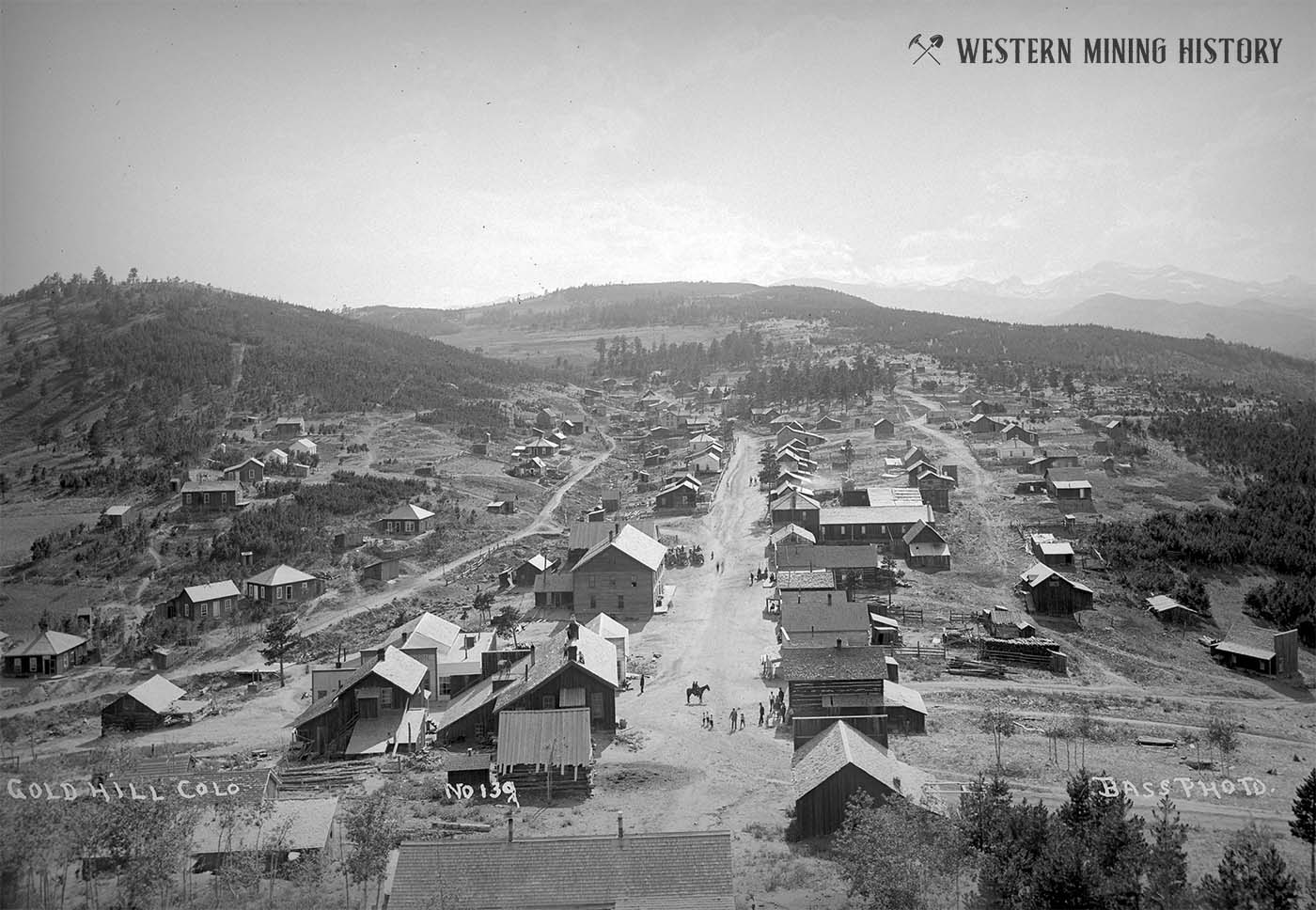Gold Hill History
Although Gregory Gulch gets most of the notoriety as the location of the first important mining district in Colorado, it was actually the Gold Hill area that was the site of the first significant gold discovery. Gold was discovered at "Gold Run Gulch" (originally called Twelve Mile Diggings) in January of 1859. In June of that year, quartz discoveries were made at the upper end of the gulch at Gold Hill.
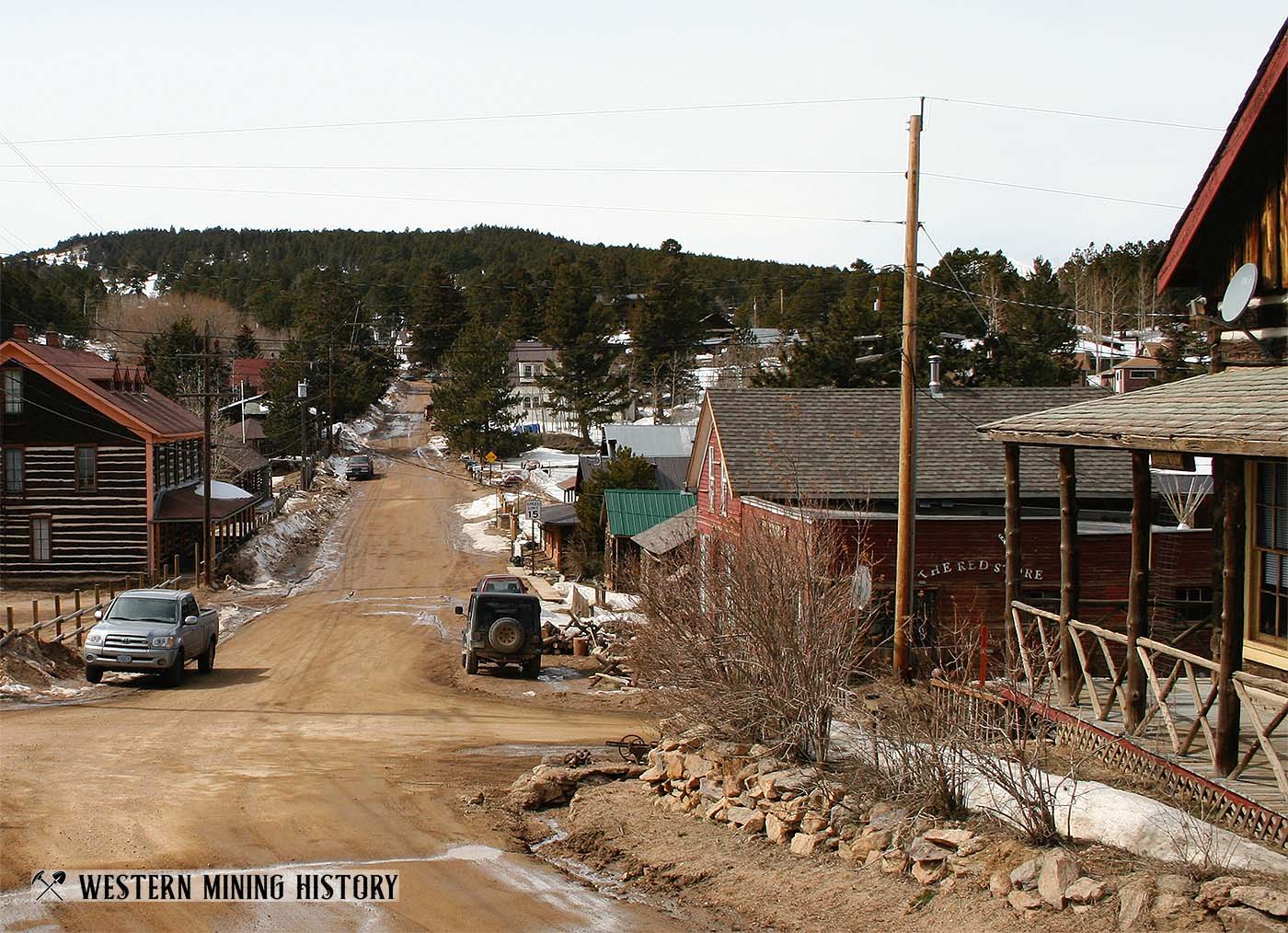
While it is likely that the placer mines of Gold Run attracted many hundreds of miners in 1859, reports of the actual town of Gold Hill seem to be greatly inflated. Gold Hill is credited as being the first town settled in Colorado, but it wasn't much of a community in 1859. It is likely that accounts of an early rush with "thousands of miners" was for the entire Gold Hill district, which covers a fairly large area, and not for the town of Gold hill.
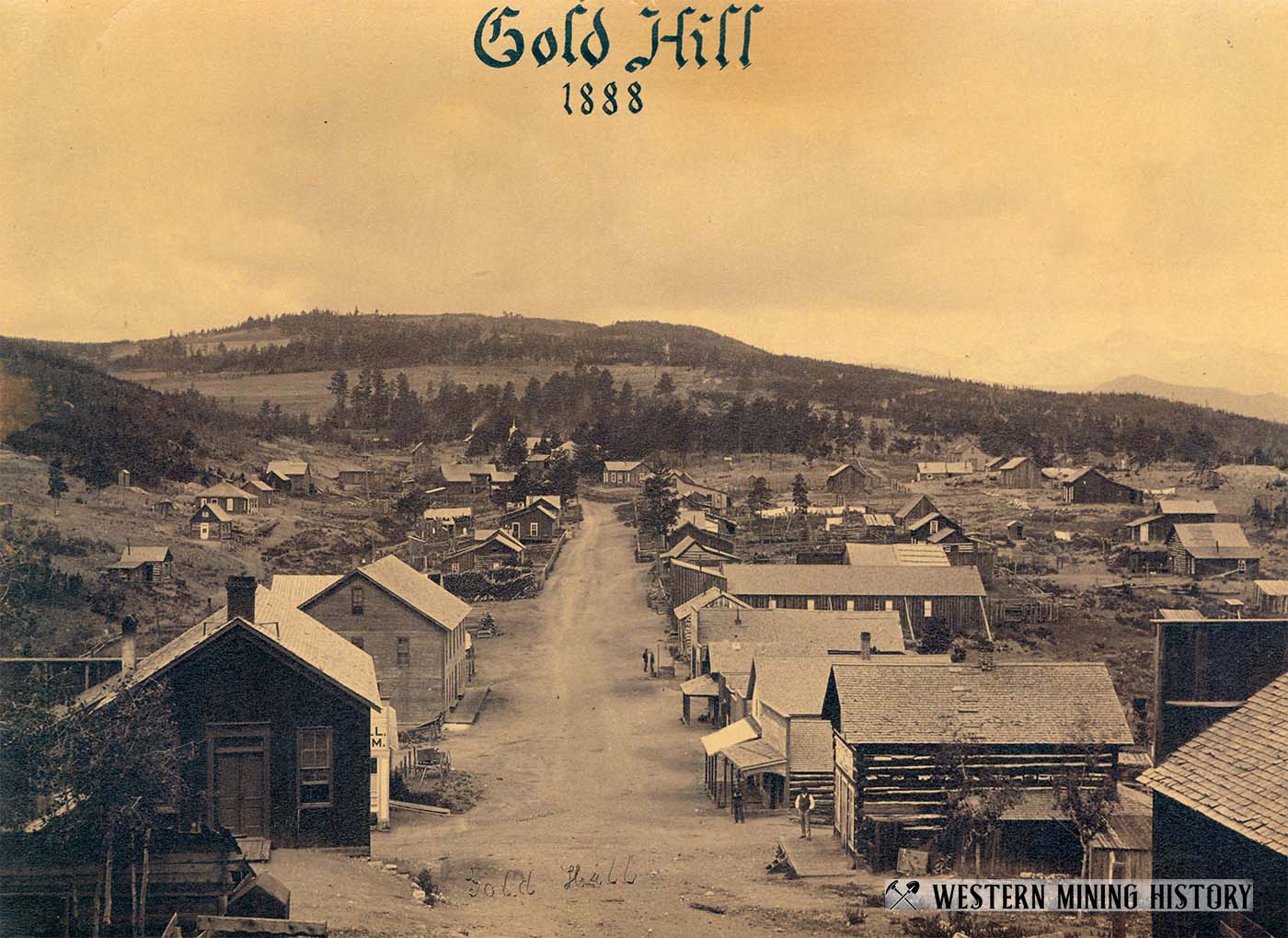
A newspaper article published in late October stated that the town consisted of about fifteen houses, mostly occupied by families. A rudimentary stamp mill was crushing quartz at Gold Hill, which is thought to be the first quartz mill in the territory.
On November 3, 1859, the The Rocky Mountain News reported an attack on the town by Native Americans of the Ute tribe:
On the morning of the 21st, the mining settlement al Gold Hill was attacked by a party of Utes, who succeeded in driving off three head of horses, two of which they killed before proceeding far, and wounded one man named Barker, with a shot through the hip. The day following, a party of thirty miners started in pursuit, and followed the trail of the Indians to the Snowy range, when deeming further pursuit useless, they returned home.
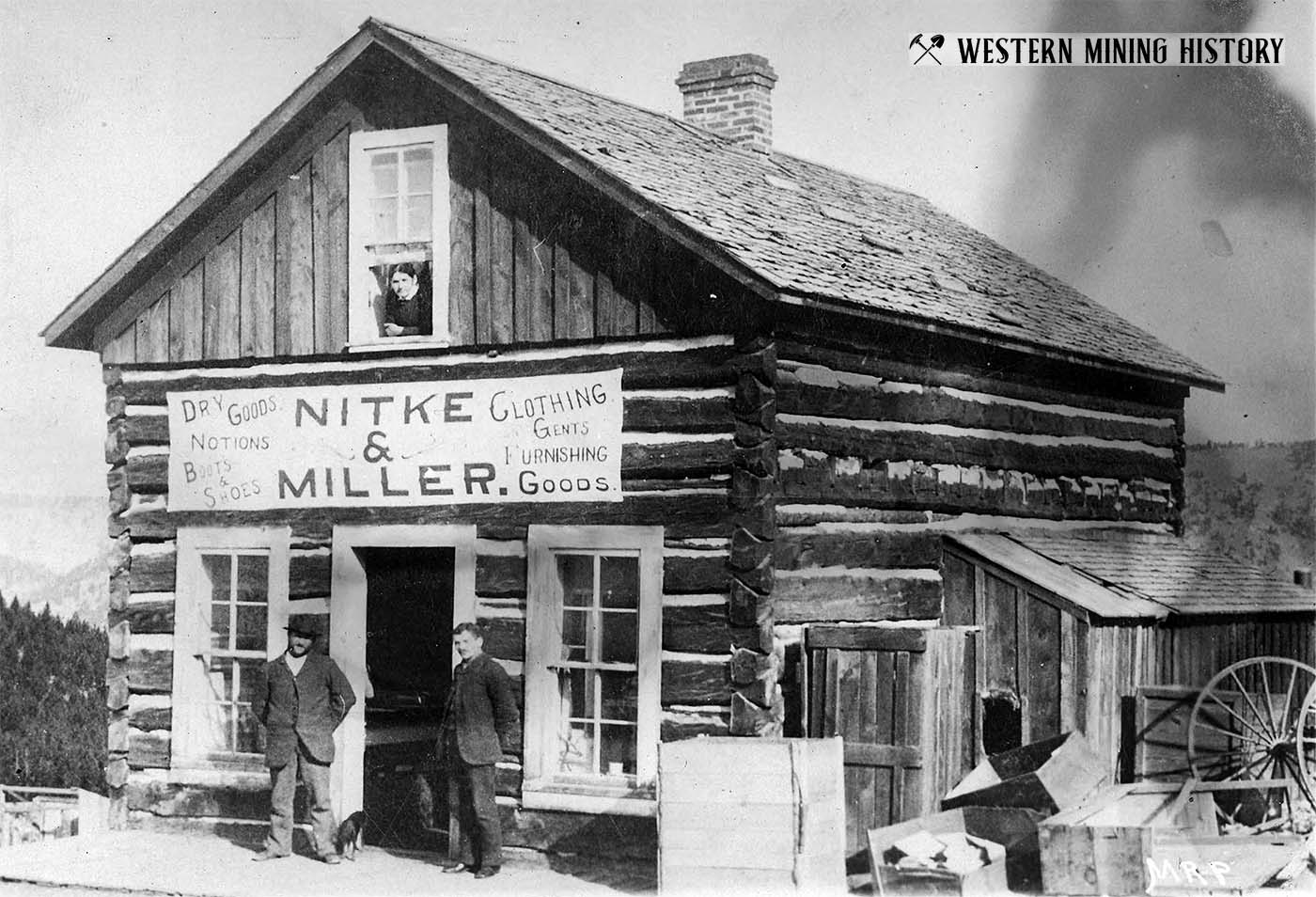
The lode mining industry of Gold Hill struggled to get on its feet despite multiple quartz mills being built by the summer of 1860. On September 24, 1860, the The Rocky Mountain News reported that Gold Hill was "very near deserted" and that "several mills have taken to themselves wings and flew away, while many of the miners have abandoned their claims."
It appears that the lack of water in the area made operation of the mills difficult in the summer months, so many were relocated to Left Hand Canyon. In addition to milling problems, the lode mines were described as "very difficult to open", but there was optimism about the future of the district once shafts had been sufficiently developed. The local problems were exacerbated by the overall lack of capital in the territory for mine development that was the result of the Civil War.
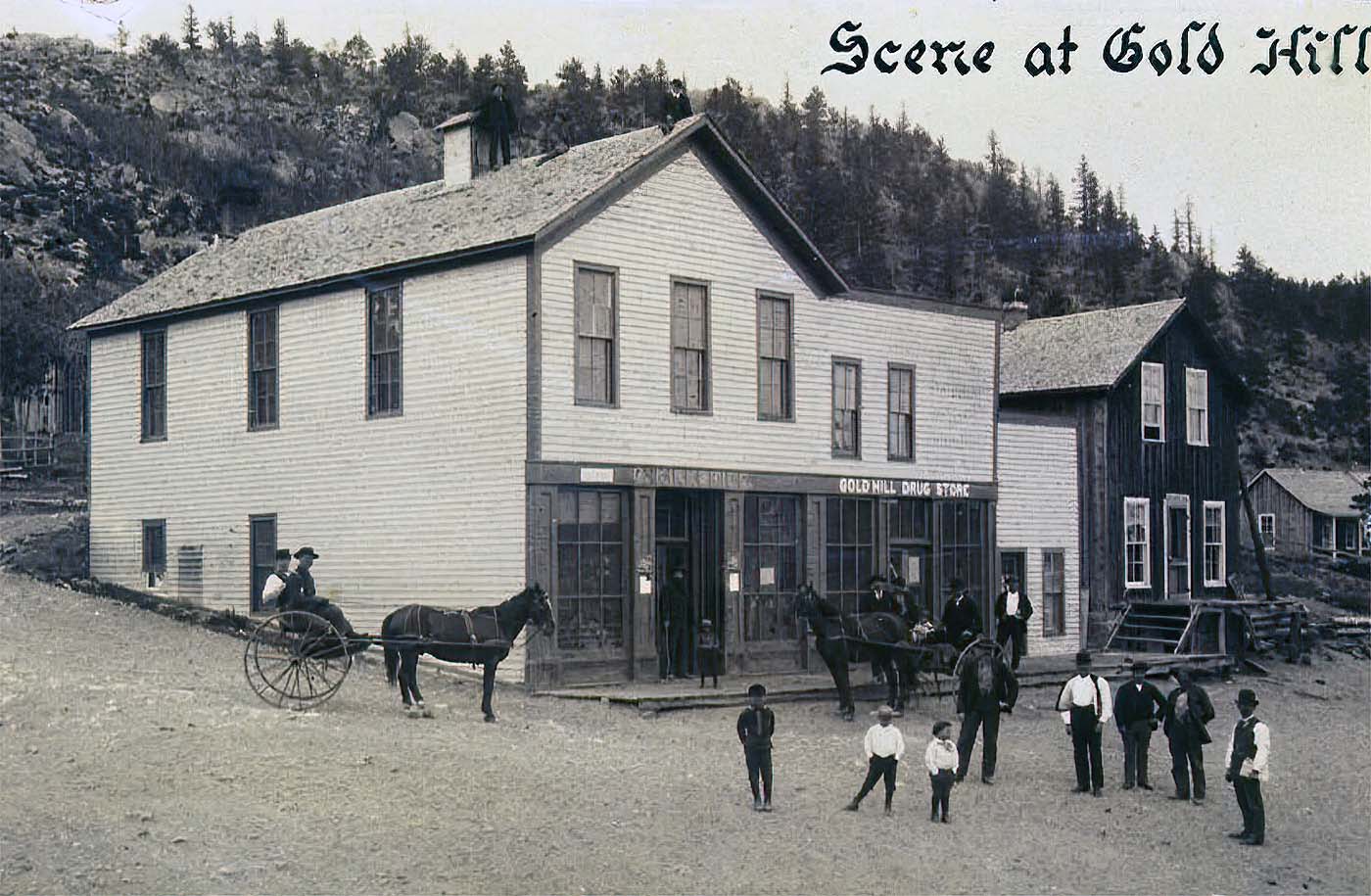
Ultimately, it seems that claims of Gold Hills "early boom" are unsubstantiated, and that its first decade was characterized by a town that alternated between a lode mining center of modest importance, and a town that struggled to survive the difficult mining environment that plagued much of the state during this period.
The Telluride Boom
Gold Hill got a new lease on life after the discovery of telluride ores starting in 1872. Telluride ore is rich in silver and gold, and also contains the element tellurium, which has resulted in this period of Gold Hill's history being described as the "Tellurium Boom". However, it seems that the real catalyst for this boom was the high gold content in the ore, not the tellurium, which had little value in the 1800s.
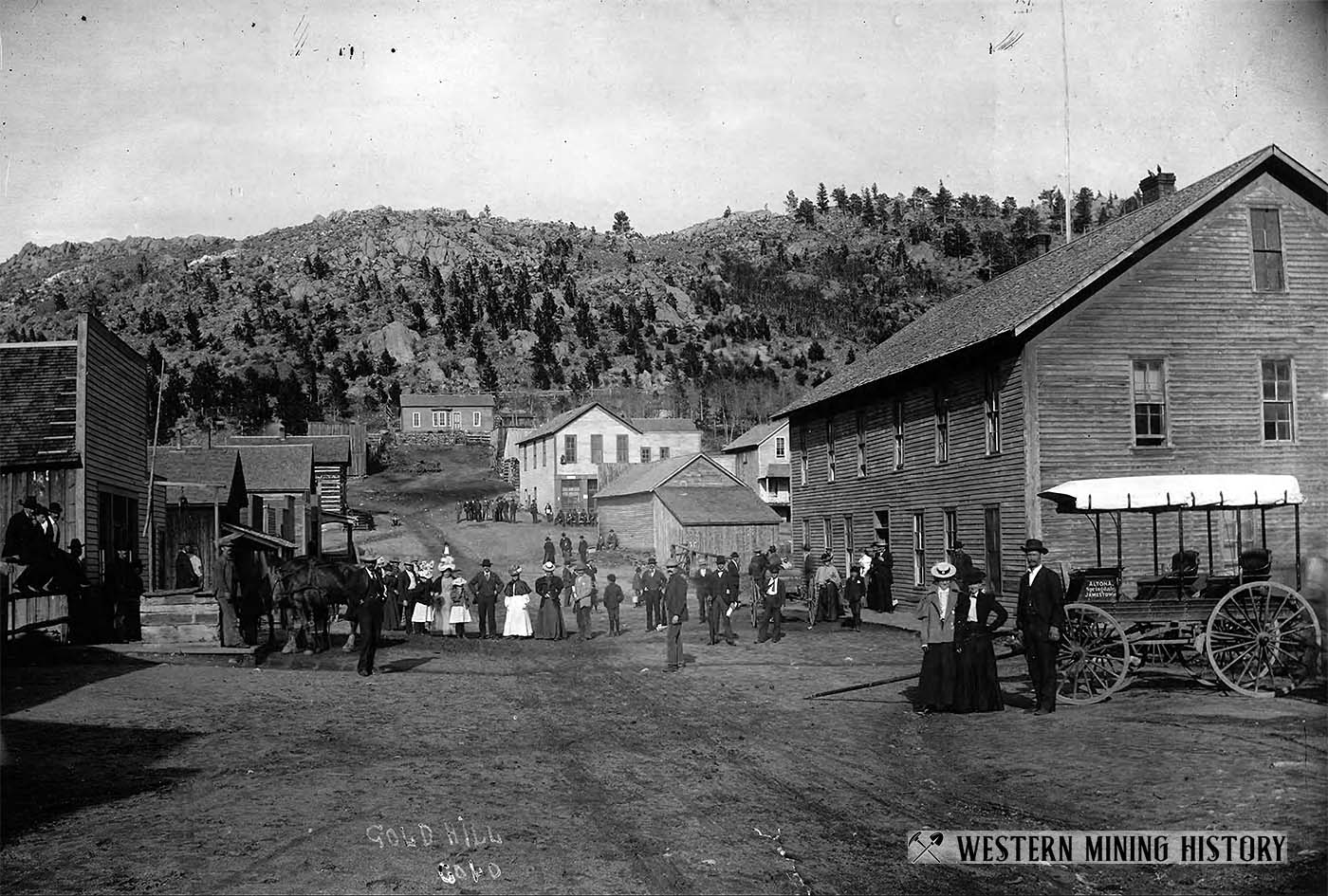
In August of 1873, The Rocky Mountain News reported on the activity at Gold Hill:
On Gold Hill thirty lodes have been developed within a year, full one half carrying the telluride ores at depths varying from twenty-five to thirty feet. As a class the lodes are well defined-three to six feet between walls, with pay streak from one to two feet in thickness, bearing ore worth from $100 to $1,000 per ton. There is a loud call for reduction works in the vicinity of the mines.
Twenty dwellings have been put up within a few months. There are five or six boarding-houses well filled. The town has two good stores, a meat market, blacksmith shop, shoemaker's shop, and two stables. The new school and church building is 24x40, with 14 foot walls.
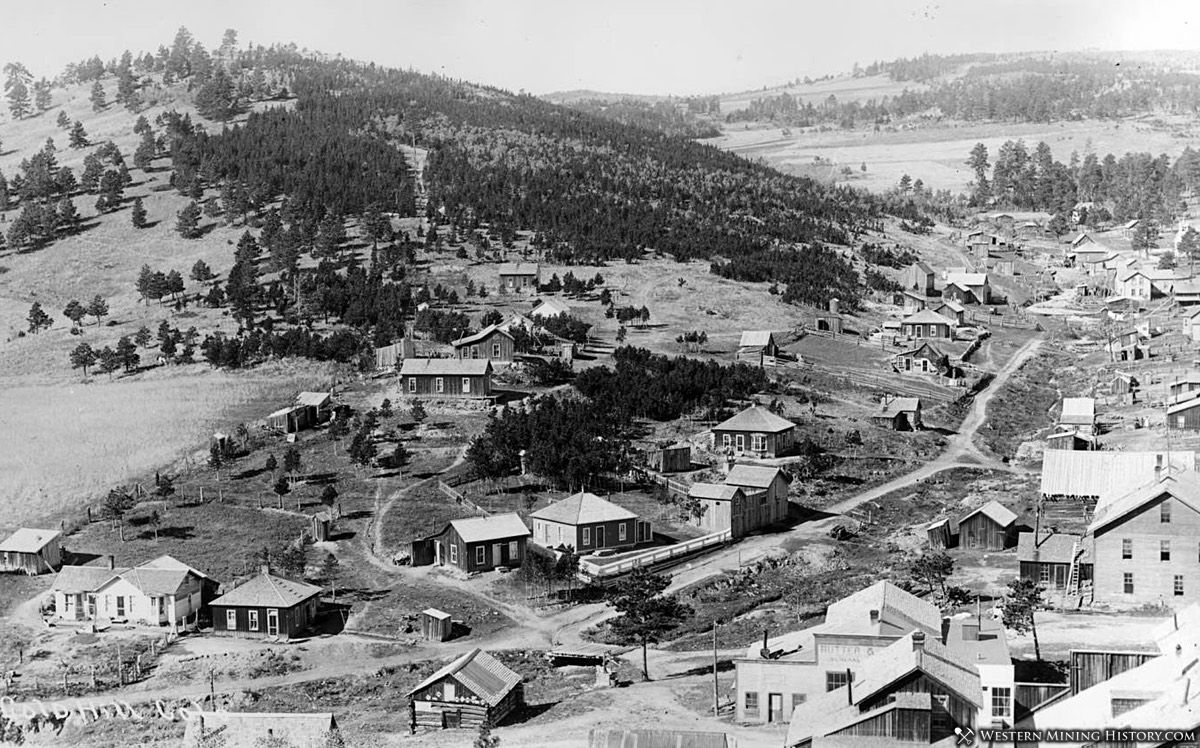
Finally the town came into its own and entered a period of prosperity that lasted many years. At its peak, Gold Hill was home to a newspaper, several hotels, three general stores, a drugstore, seven saloons, and numerous other businesses. Accounts of the peak population vary, but it was likely over 1,000 people.
Gold Hill experienced a couple decades of prosperity as the mines continued to produce rich ore. However, by 1900 the mining industry was in decline, and soon the town's population dwindled to just a couple hundred people. A combination of intermittent mining activity and new interest in tourism as automobiles became more common served to keep the town alive even as other old mining towns faded away.
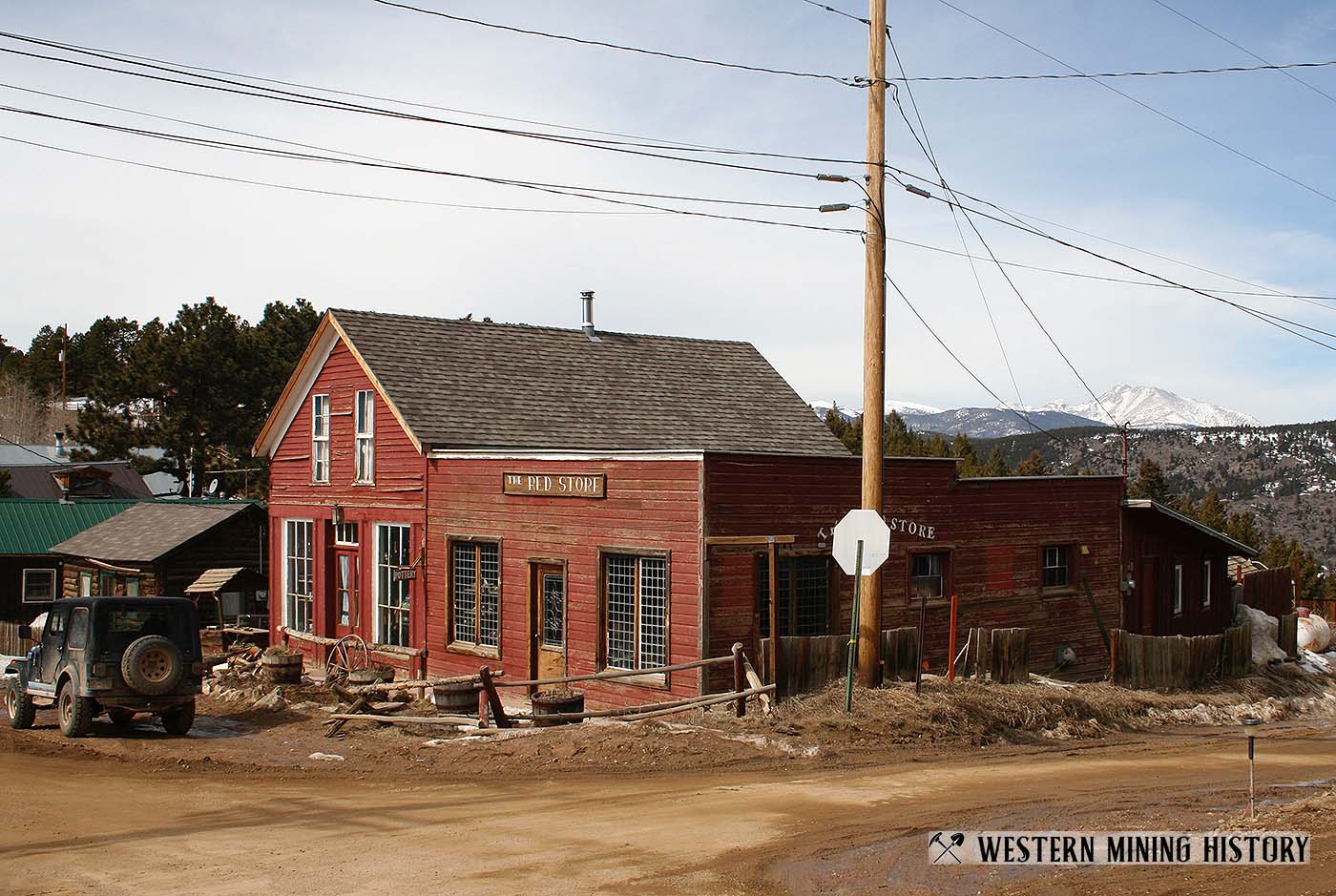
Post-Mining Years
Fortunately, preservation-minded locals began work to preserve the character of Gold Hill as far back as the 1960s. Many historic buildings were restored and maintained and measures were put in place to curtail development as the population of nearby Boulder grew rapidly, resulting in the town retaining its wild-west charm.
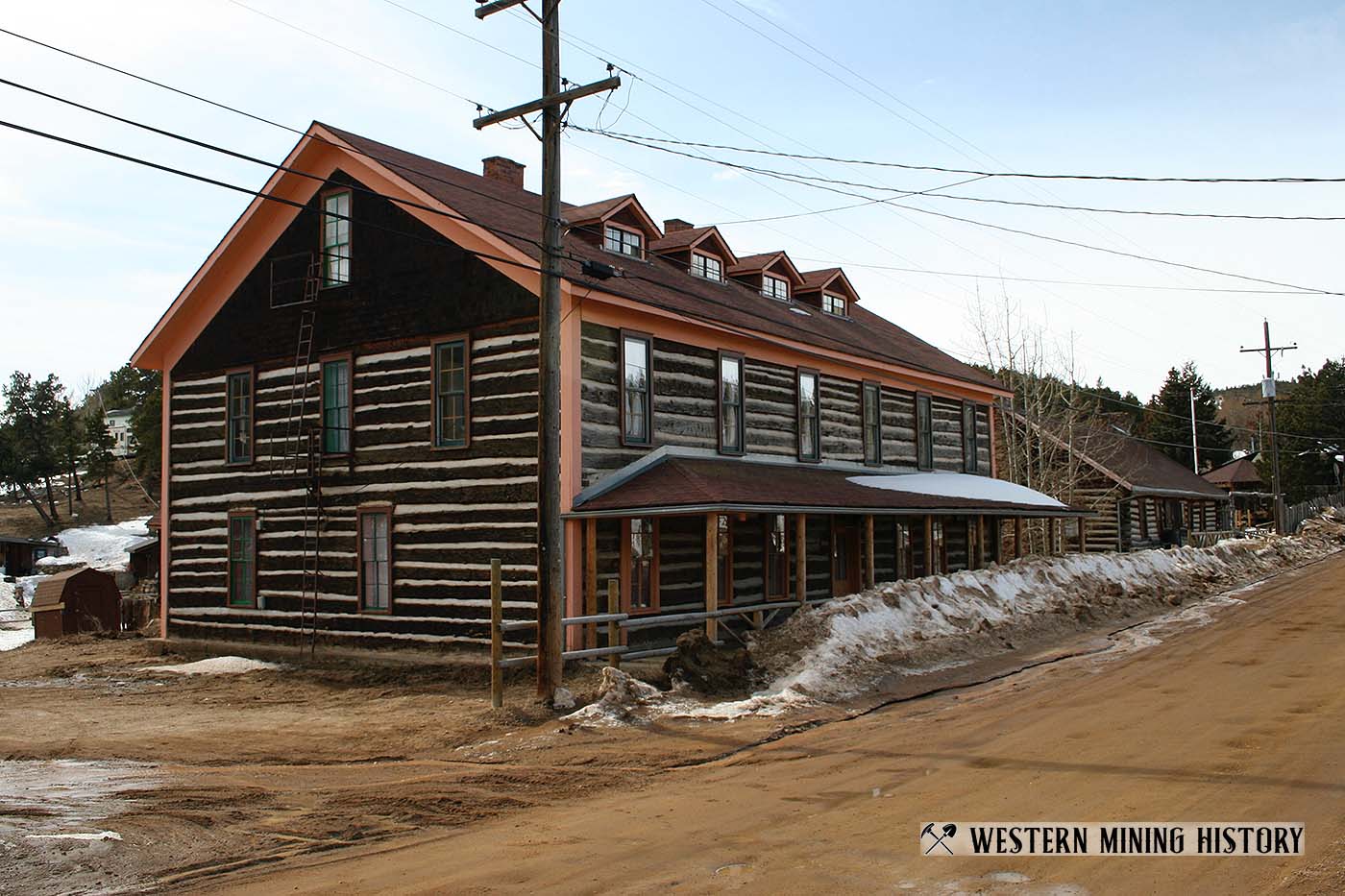
The Wentworth House, built at the start of the mining boom in 1872, still operates as the Gold Hill Inn. The original hotel was purchased in 1921 by The Holiday House Association of Chicago, to create a summer camp destination for self-supporting single women from Chicago. These vacationing women were referred to as "Bluebirds." The main building at the current inn is still christened with the "Bluebird Lodge" moniker.
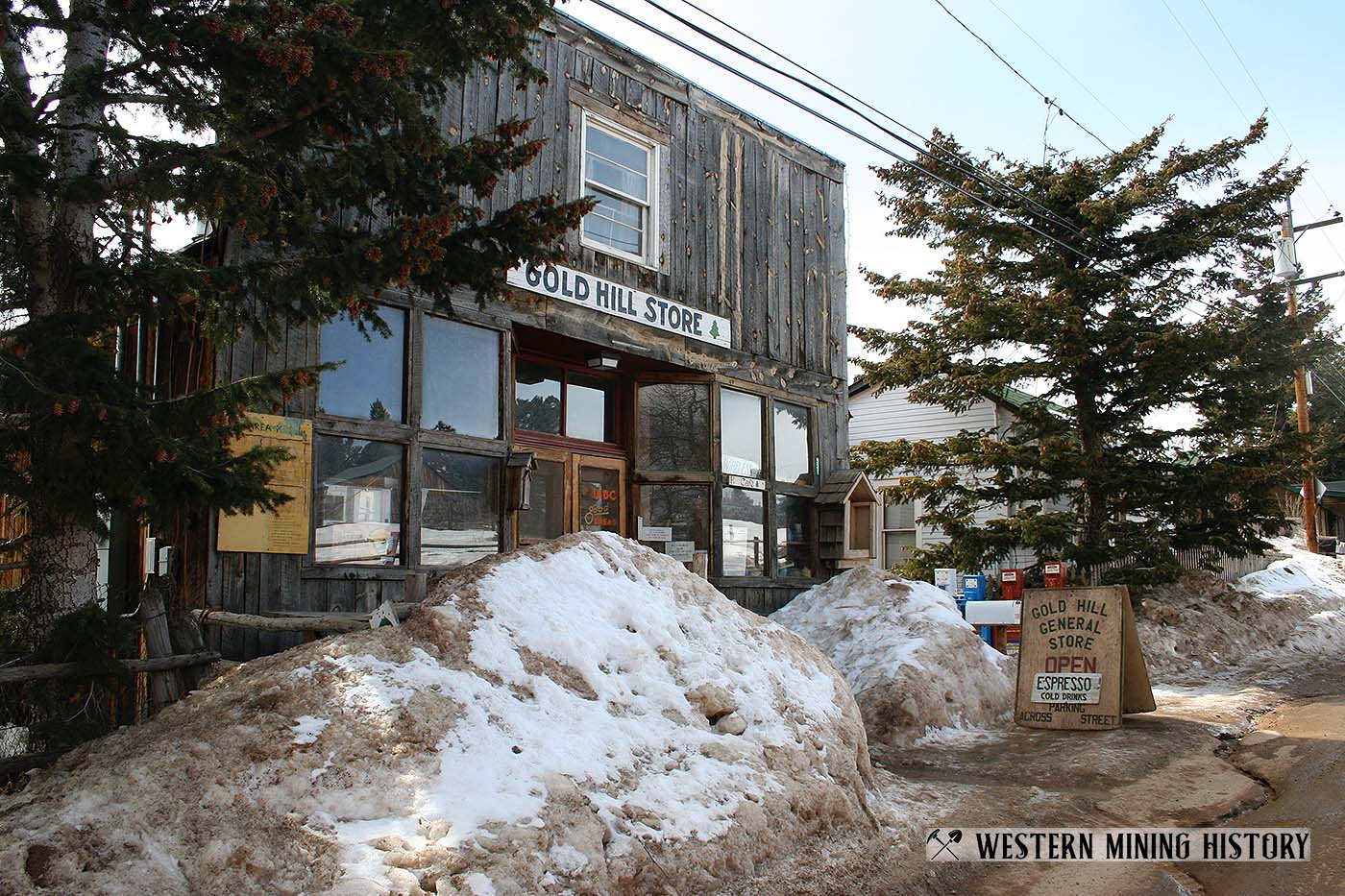
Other noteworthy institutions in the town include a museum, the Gold Hill School—Colorado's oldest public school in continuous operation since 1873, and the Gold Hill General Store, which is recognized on the National Register of Historic Places. Gold hill has no stop lights nor any paved streets.
A Tour of Colorado Mining Towns
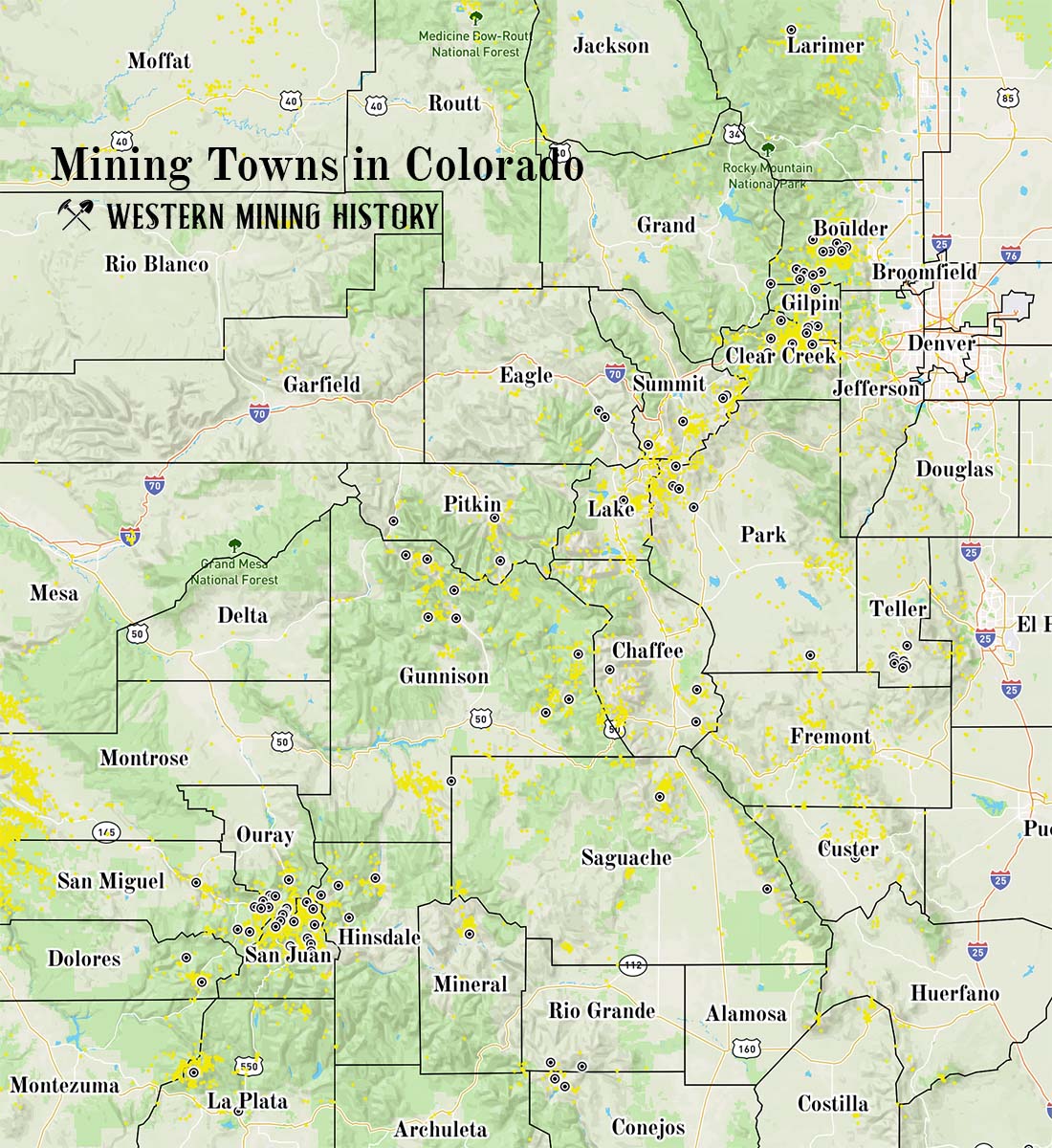
Explore over 100 Colorado mining towns: A tour of Colorado Mining Towns.
Colorado Mining Photos
More of Colorado's best historic mining photos: Incredible Photos of Colorado Mining Scenes.
